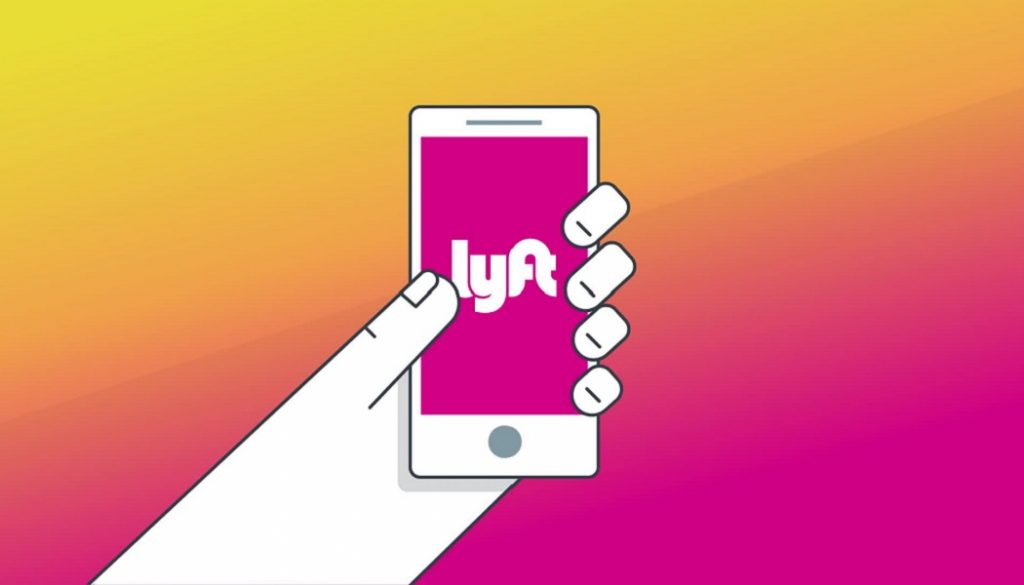

San Francisco – Lyft is throwing its hat into the autonomous car ring. Today the company announced that it was launching a Lyft self driving car division.
In a blog post on the website Medium, Luc Vincent, the Lyft VP of Engineering, said the company would develop an open self-driving car system in Silicon Valley at a facility in Palo Alto, California.
Lyft joins a crowded street of other companies racing to develop viable self-driving cars. Waymo, the Alphabet autonomous car division, and Lyft competitor Uber have already been developing the technology. Apple is also chasing a self-driving car.
Vincent emphasized that the announcement was not just a passing notion, but an important commitment for Lyft.
“It’s core to our business. That’s why 10 percent of our engineers are already focused on developing self-driving technology — and we’ll continue to grow that team in the months ahead,” Vincent wrote. “Their efforts will be housed in a brand-new development facility in Palo Alto, which we are calling the Level 5 Engineering Center.
Related Search Topics (Ads)
Level 5 is a reference to the degree of self-driving technology a car can achieve. Level 5 is the highest level. Most automakers are trying to achieve Level 3 technology.
Lyft is taking a markedly different approach to developing self-driving car technology. Instead of a solo effort, as with Uber, Lyft will utilize what it calls an Open Platform Initiative.
Through this process, Lyft will develop autonomous car technology alongside other tech companies and car companies involved in the initiative.
Lyft and Waymo entered into a driverless car partnership earlier in May. However, details haven’t been made readily available about the deal.
As a more driver-forward company, at least compared to Uber, Lyft plans to always hire humans even as self-driving cars become more prevalent. Vincent went on to write that Lyft human drivers won’t be completely outsourced to automated machines.
“Lyft will always operate a hybrid network, with rides from both human-driven and self-driving cars. When a passenger requests a ride that a self-driving car can complete, we may send one to complete the trip,” Vincent wrote. “If that person needs to go somewhere self-driving cars are unable to navigate, or their needs call for a different level of service, they will have a driver. But in either event, we’ll make sure everyone can get where they need to go.”
Related Search Topics (Ads)